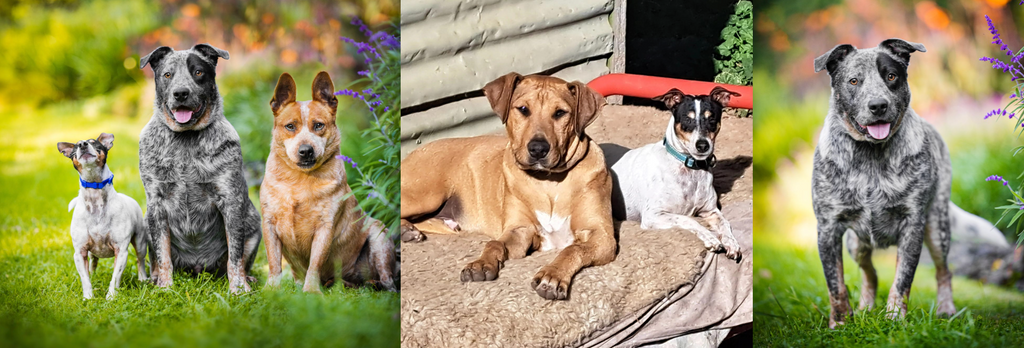
15 Tips To Raw Dog Food Feeding When You Are On A Budget
If you’re keen to start your pets on a fresh food diet but are concerned about the cost or amount of time it will require, you are not alone.
We understand, now more than ever, that household costs are skyrocketing and we are busier than we’ve ever been.

If you adopted a pandemic-puppy, you may be finding the return to the office has left you longing for lunch break cuddles and with little time to meal prep.
We’ve put together a list of tips to help you manage the increasing cost of food, with the demands of our busy lifestyles, so your pet can still reap the benefits of a fresh food diet.
15 budget tips to feed a raw dog food diet
-
Fresh and a raw dog food diet doesn't mean you have to feed your pet prime cuts – in fact, more often than not, the things we overlook in our diet pack an even bigger nutritional punch! Some organ meats like liver should only be fed in moderation, but other offal like hearts, gizzards or poultry frames and necks are a fantastic way to incorporate nutritious and inexpensive ingredients. (not sure how much of what to feed then see our pet nutritionist created recipes that take the hard work out of it)

- Buy things in bulk, when you see them on sale. This is tricky if you have limited storage space but, if you are able to, having a freezer especially for pet food will allow you to take advantage of great deals when you see them.
-
Get to know your butcher! Butchers will sometimes keep offal out the back or even discard it, so getting friendly with them may mean you have access to inexpensive cuts of meat, bulk specials or short dated stock

- Shop around for good deals. Buy your meat from a range of meat and fish markets, butchers, supermarket specials and online pet stores. Some bigger independent pet stores offer frozen courier delivery, which can be worthwhile to make the most of their specials.

- Plan ahead and make a budget. You might be surprised to learn how far you can stretch things with some research, planning and bargain hunting.
- DIY your food rather than buying pre-made fresh food. It does take a bit of time, but it’s generally a much cheaper way to feed your pet a fresh food diet.

- Bulk out batches of food with cheaper items like eggs, veggies, fish frames from the market (these will sometimes be free!) and offal.
- Make your own treats. Treats add up very quickly, especially if you have a new puppy and are doing training.
- Join Facebook groups to find specials in your area or even a raw food buying co-op, where people pool resources to buy in bulk. You can join the Healthy Active Pet Facebook Group here
- Factor in the reduction in vet bills as a result of feeding a fresh food diet and having a healthier pet for it.
- To save time, make a plan, do a big shop and set aside half a day to prep in bulk once a month. If you freeze daily serves of food you can just grab a portion out of the freezer every night before bed. Our meal plans and recipes come with shopping lists for each week to make your life easier
- Use appliances that cut down on labour – a food processor is great for chopping veggies. If you plan to cook your dog’s food, a slow cooker that can be left on while you do other tasks is a great idea (just make sure you keep the liquid to conserve any leaked nutrients).
- Use pre-cut or frozen vegetables and fruit to save time and often money. If you can get these on sale or reduced to clear, even better.
-
Hybrid feed. If the cost or time investment of fully fresh feeding is too great, don’t beat yourself up! Hybrid feeding is when you feed partly fresh food and partly commercial/processed food.
- Or you could half make fresh food (such as from our meal plans and recipes) and half of our air dried complete meal. This is completely ok and your pet will still reap the rewards of having lots of nutritious fresh foods in their diet.

We hope this has helped and if you need help on meal planning and recipes then come and check out our recipe books and plans



